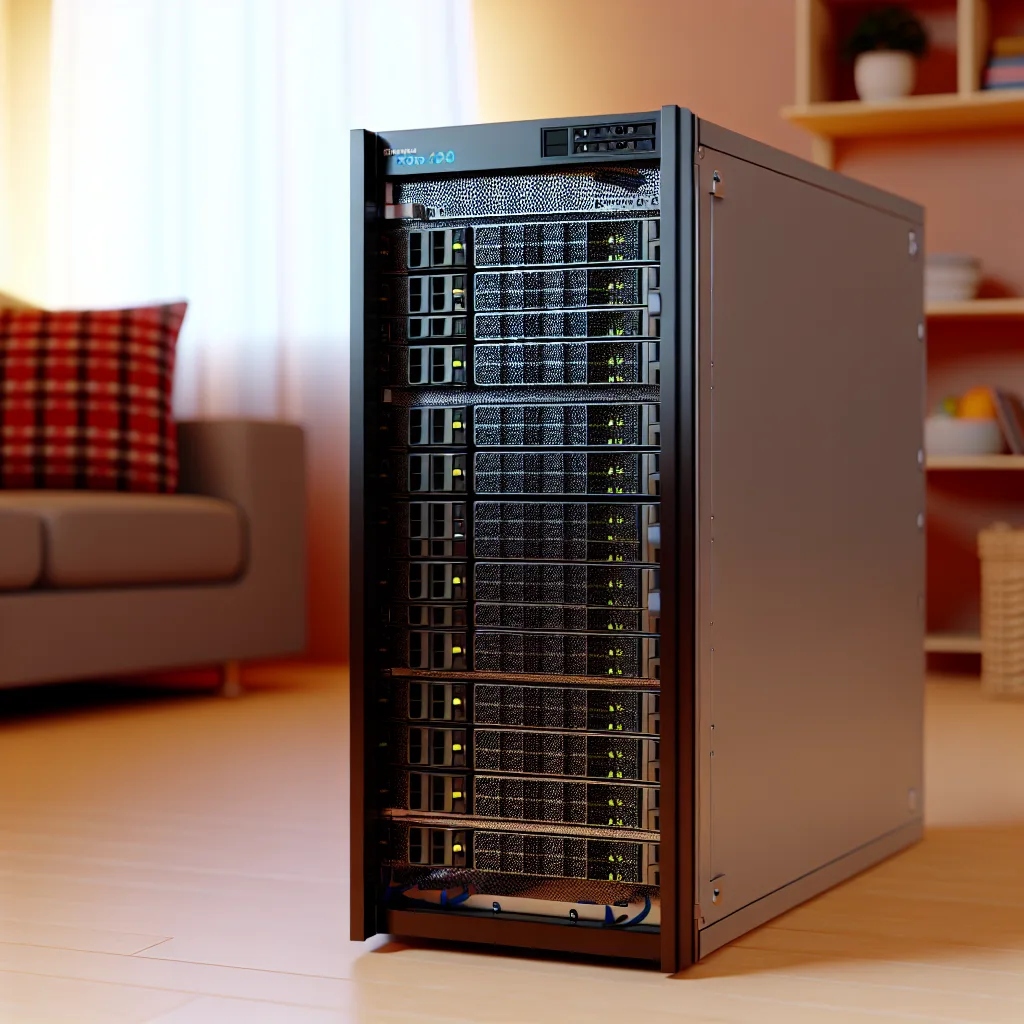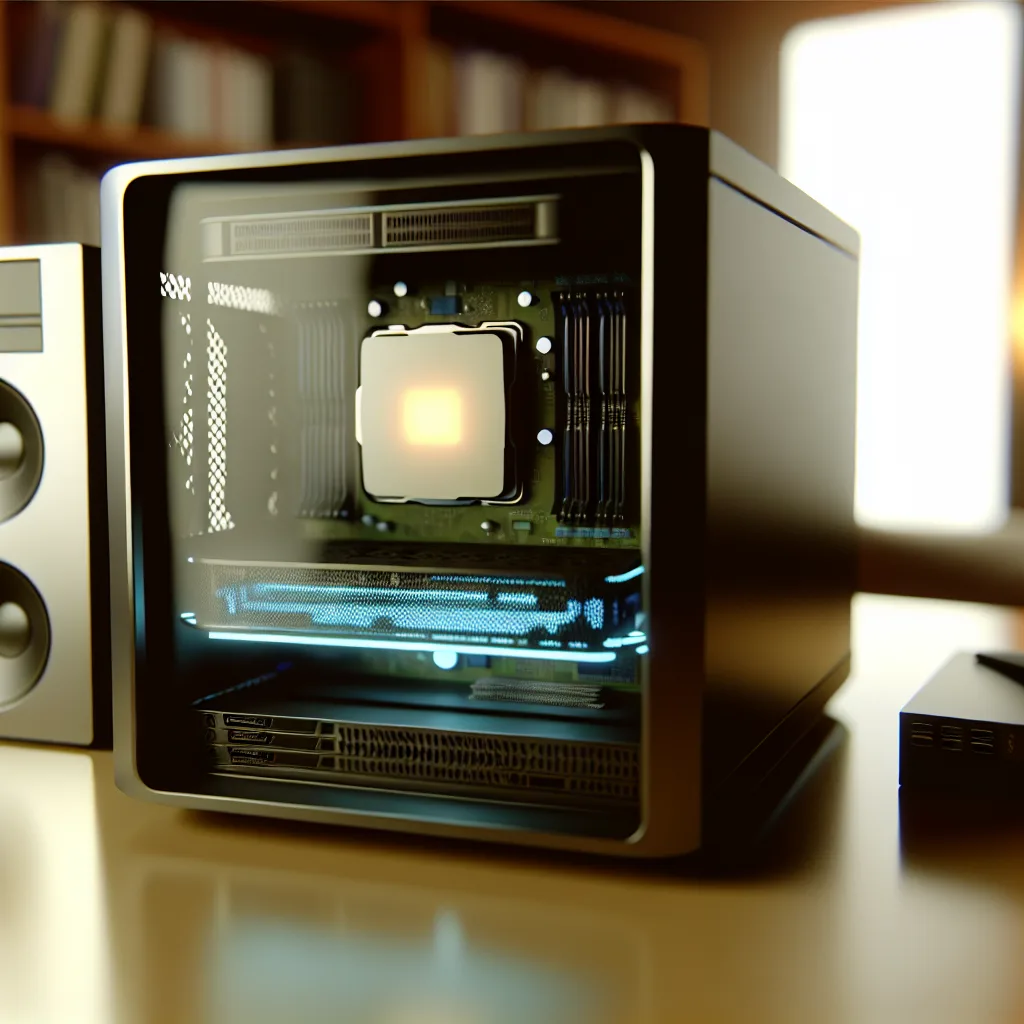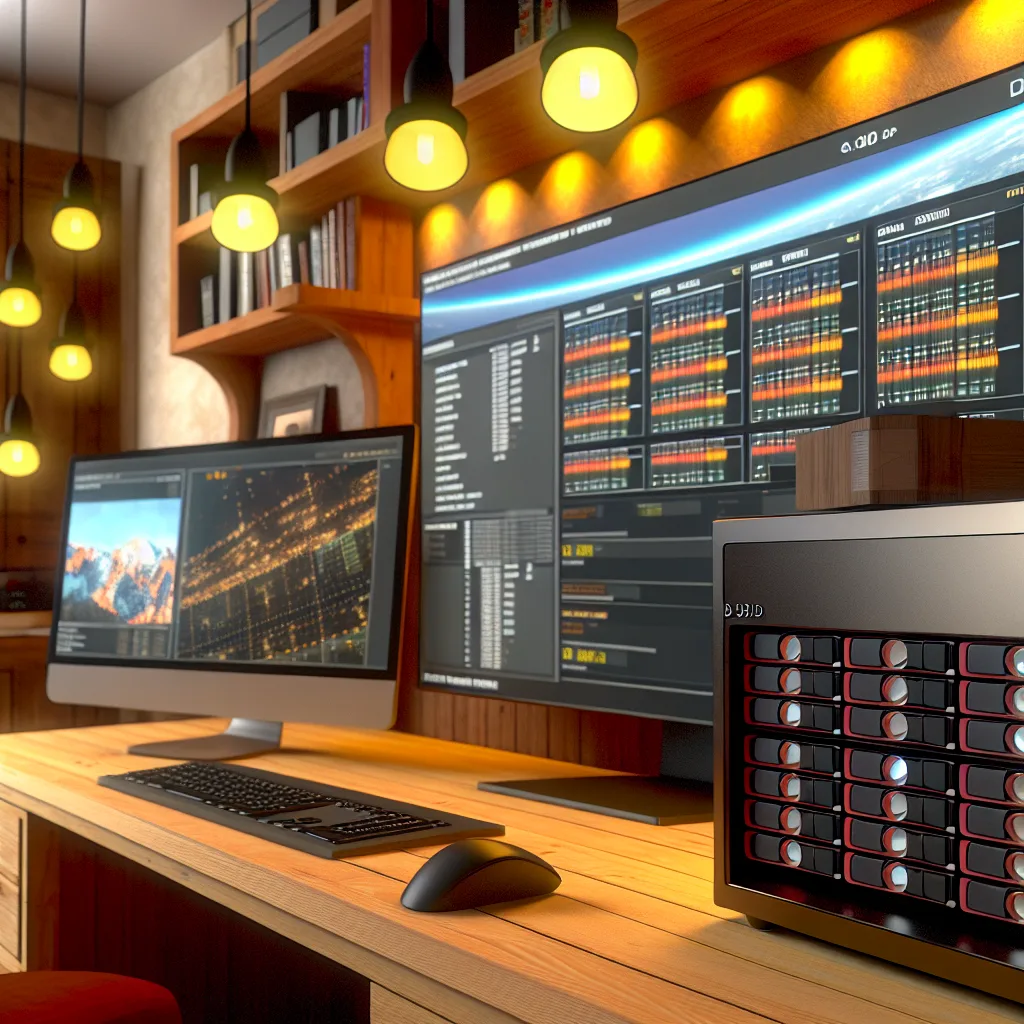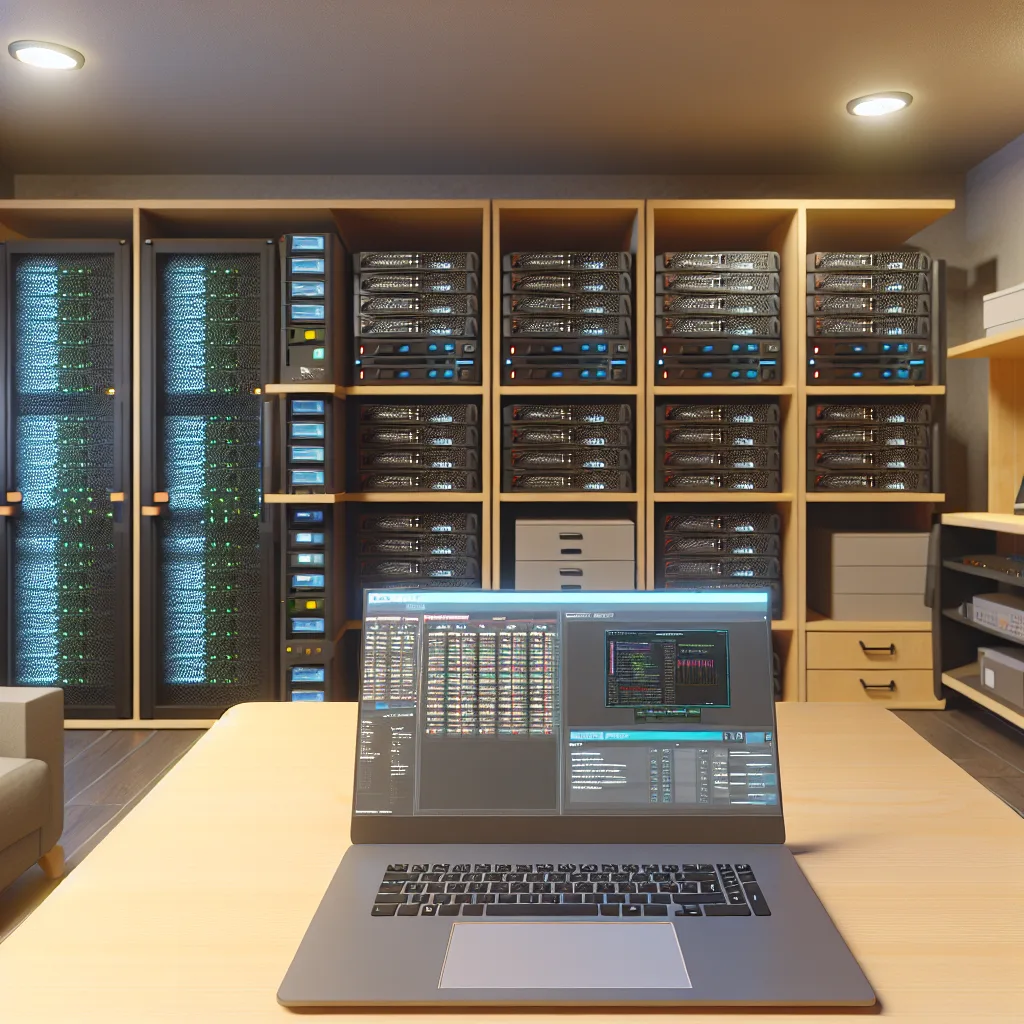Dive into IPMI control software with hands-on tips for your homelab journey
If you’re diving into the world of homelabs like I did, you quickly find there’s a lot to learn and manage, especially when it comes to controlling your servers. One aspect that caught my attention early on is the usefulness of IPMI control software. This handy tool lets you control your server hardware remotely, which is a lifesaver when your rack isn’t just a few feet away.
I started with an R730XD, a solid piece of enterprise gear that’s exciting to tinker with—but man, those fans can sound like they’re taking off when the server revs to 100%. That’s when I knew I had to get smarter about managing these machines. That’s why I created my own IPMI control software, and I wanted to share a bit about how it helped me and how you might take a similar approach.
What Is IPMI Control Software and Why Does It Matter?
IPMI stands for Intelligent Platform Management Interface, a nifty set of tools built into most server motherboards that helps admins manage systems remotely, no matter if the OS is up or down. Having good IPMI control software means you can power cycle, check hardware status, and even access the BIOS remotely.
This is especially helpful in homelabs where your server might be noisy or tucked away somewhere inconvenient. Instead of physically pressing buttons, you issue IPMI commands right from your desk. Plus, it’s a great skill to have if you’re aspiring to be a SysAdmin or aiming for roles like Site Reliability Engineer.
Making My Own IPMI Control Software
Rather than just using existing tools, I took a stab at writing an IPMI control utility in Python tailored for my R730XD. I kept the interface simple—and gave it a quirky look that reminds me of Windows 95 just because it makes me smile. It’s not flashy, but it’s functional and gets the job done without adding confusion.
If you want to get your hands dirty, I also put together a document with the raw IPMI commands in plain text for anyone who prefers issuing commands directly or wants to get a feel for what’s going on behind the scenes.
A Word of Caution About IPMI
Before you jump in, a quick reminder: IPMI isn’t the most secure protocol out there. I recommend placing your BMC (Baseboard Management Controller) on a dedicated management VLAN that doesn’t connect to the internet. Even though the tool doesn’t save your credentials permanently and IPMI encrypts command traffic, weak passwords and open exposure can lead to serious security risks.
Learn more about BMC and IPMI best practices on Dell’s official IPMI guide and IPMI Security fundamentals on Red Hat.
Sharing and Growing Together
One of the best parts about building this tool for my lab is that it’s open-source. That means anyone can use it, give feedback, or even fork the project to support other server brands. There’s something satisfying about being part of a community project where we all learn and build together.
If you find bugs, suggestions, or have ideas to improve the tool, it’s easy to report issues on GitHub. I’m still learning myself, so collaboration is key.
Wrapping Up
For anyone starting or deepening their homelab journey, getting comfortable with IPMI control software is a practical step to better managing your setup. Creating your own tool, even a simple one, can teach you a lot about systems management and Python programming.
Want to explore the code or contribute? Check out the project repository and join the conversation. Who knows—maybe you’ll add the next cool feature or adapt it for your specific hardware.
Happy homelabbing!
External Links:
– Dell IPMI Guide
– Red Hat IPMI Security
– Python Official Documentation








